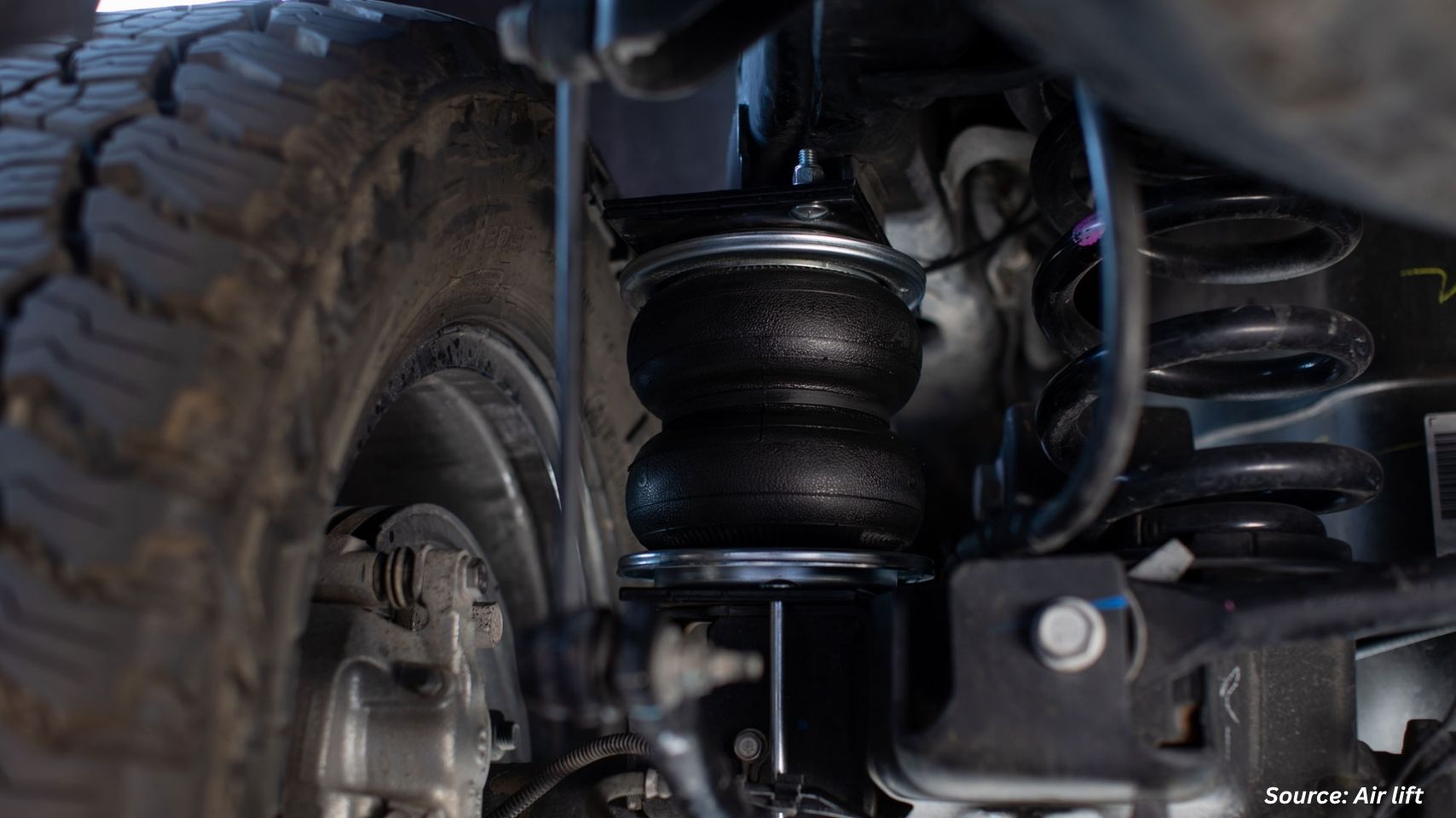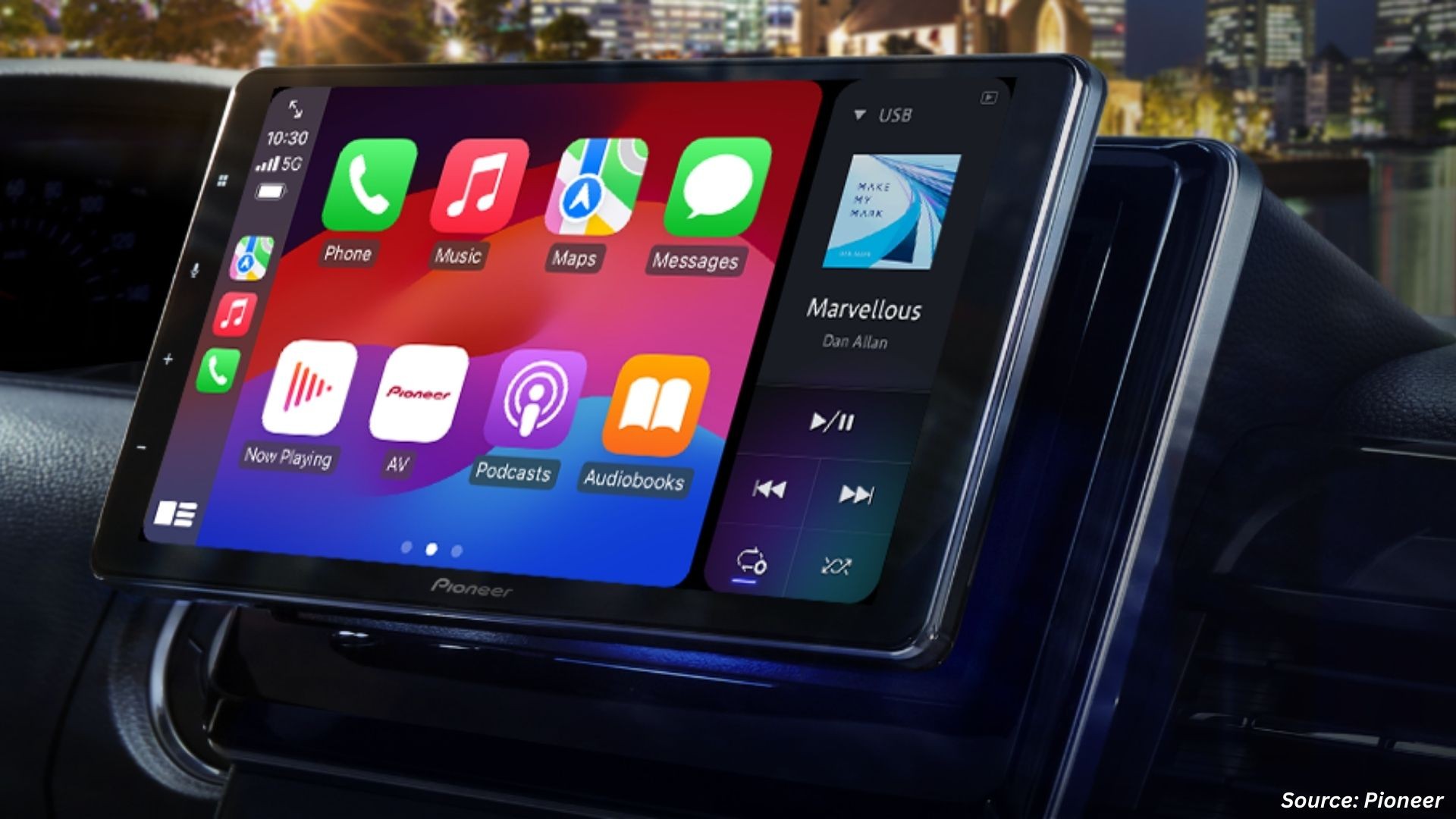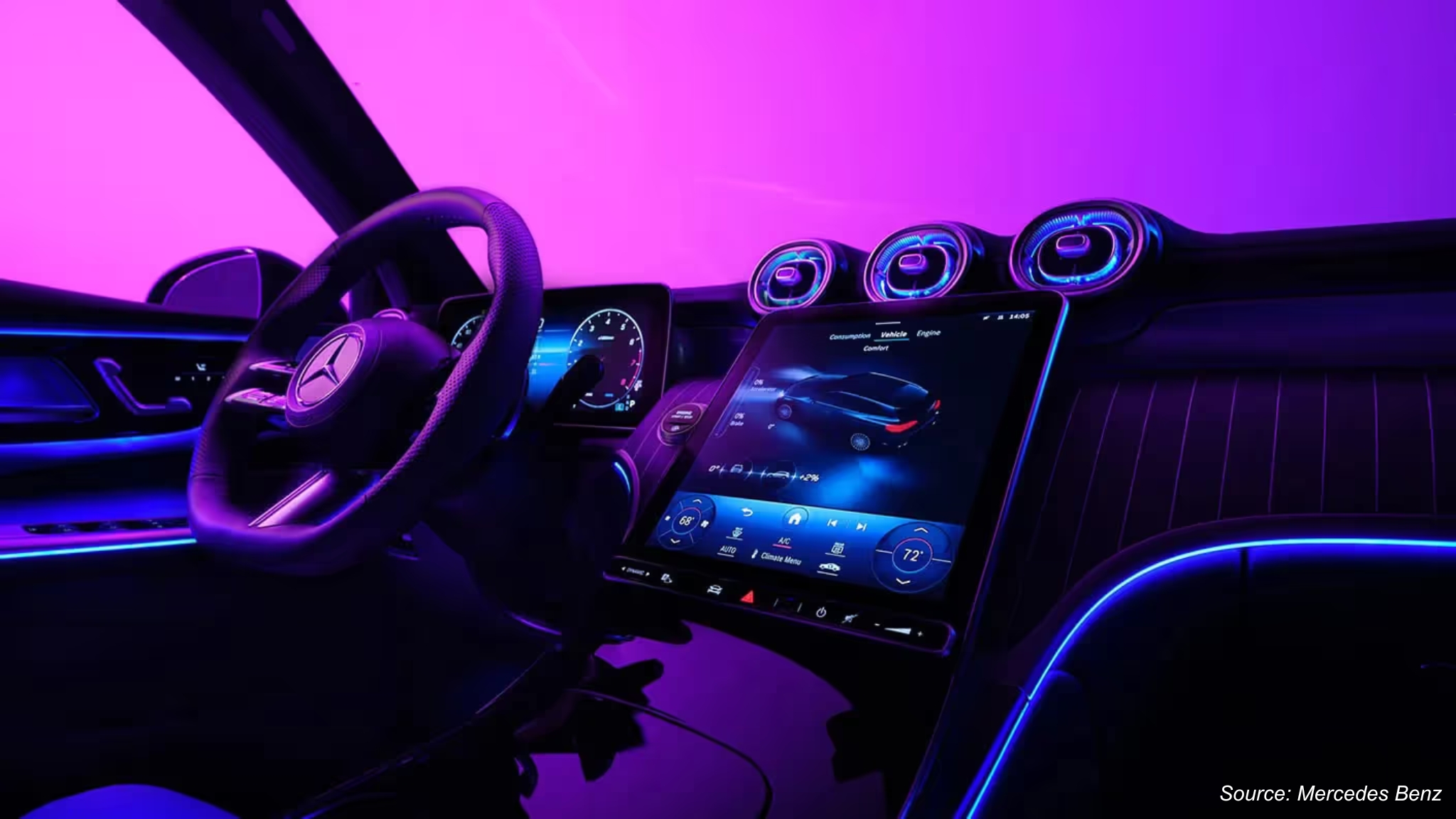Advent of Latest Technologies Changing the Dynamics of Air Spring Industry
Published: 2025-09-11

The air spring industry includes the design, manufacture, distribution, and application of air springs, which are flexible, inflatable components used primarily in vehicle suspension systems and industrial machinery. Air springs, also known as pneumatic springs or air bags, utilize compressed air to absorb shock and vibration, providing adjustable load support and enhanced ride comfort. This industry serves a broad range of sectors, including automotive (commercial trucks, buses, and luxury passenger cars), industrial machinery (vibration isolation and load handling), and railways, by developing innovative solutions that improve performance, safety, and efficiency.
According to the report by NMSC, the global air spring market valued at USD 6.22 billion in 2023, and is expected to reach USD 9.70 billion by 2030, with a CAGR of 5.5% during 2023-2030. Also, the air spring market is valued at 30294 thousand unit in 2023, and is expected to reach at 52163 thousand unit by 2030 with the CAGR of 6.8% during 2024-2030.
Curious About the Air Spring Market? Request a free sample
The air spring industry continually evolves through advancements in materials, manufacturing techniques, smart suspension technologies, and sustainable practices, addressing the dynamic needs of modern transportation and industrial applications. This blog delves into the evolution of the air spring industry, explores emerging technologies, and provides a forward-looking conclusion on the industry's trajectory.
Active Suspension Systems: Unlike traditional air suspension systems that react to changes in road conditions, active suspension systems proactively adjust the suspension settings to optimize ride comfort and handling. These systems use actuators controlled by advanced algorithms to modify the air spring characteristics in real-time, providing superior stability and comfort even in the most challenging driving conditions. Notably, Sensata Technologies collaboratively developed a suspension pressure sensor for electric vehicles, marking a major step in enhancing the EV driving experience. The integration of Sensata's sensor into Active Suspension Systems in EVs is set to revolutionize automotive engineering, prioritizing zero emissions and unparalleled driving experiences. This achievement propels Sensata towards new opportunities to innovate and shape the future of the industry.
Integration with Advanced Driver Assistance Systems (ADAS): As vehicles become more equipped with ADAS features such as adaptive cruise control, lane-keeping assistance, and collision avoidance, air suspension systems are being integrated to enhance these capabilities. For example, an air suspension system can adjust the vehicle's ride height and stiffness in response to ADAS inputs, improving the overall effectiveness of these safety features. As per the NMSC report, the global ADAS market is projected to reach USD 74.57 billion in 2030 with the CAGR of 14.2% till 2030.
Electro-Pneumatic Control Systems: Combining electrical and pneumatic components, electro-pneumatic control systems offer precise and rapid adjustments of air spring pressures. These systems use electric solenoid valves and sophisticated control units to manage air distribution, resulting in quicker response times and more accurate suspension tuning compared to purely mechanical systems. As an example, Knorr-Bremse launched the latest iTEBS X electronic trailer braking system, featuring innovative air suspension enhancements such as the Parking and Maneuvering Valve (POM) and the Chassis Suspension Module (CSM). With three customizable versions, this smart, modular design caters to diverse vehicle needs, underlining Knorr-Bremse's expertise in electronic braking systems development.
Noise, Vibration, and Harshness (NVH) Reduction Technologies: Advanced NVH reduction technologies are being integrated into air spring systems to enhance the overall driving experience. Innovations such as multi-chamber air springs and tuned mass dampers are employed to minimize noise and vibration, providing a quieter and smoother ride. These technologies are particularly important in luxury vehicles and electric vehicles, where cabin quietness is a significant selling point. For instance, Tenneco partnered with Rivian Automotive to provide advanced suspension and anti-vibration solutions for their electric R1T pickup and R1S SUV models. This collaboration highlights Tenneco's commitment to enhancing driving comfort and performance in the EV market, strengthening its position in sustainable mobility solutions.
Smartphone-Controlled Air Springs: Innovations in automotive technology are constantly reshaping the driving experience, and one area seeing significant advancement is vehicle suspension systems. Among these advancements, smartphone-controlled air springs are emerging as a revolutionary solution, offering unparalleled convenience, customization, and performance. In 2024, Firestone Airide introduced Firestone Air Command, a revolutionary system that allows users to wirelessly control air helper springs from either a new physical remote or a smartphone app compatible with iOS and Android devices. This innovative technology is designed to enhance the ease, safety, and comfort of towing and hauling.
Smart Sensor Technologies: Smart sensor technologies in air springs involve the incorporation of sensors, such as accelerometers, pressure sensors, and position sensors, into the suspension system. These sensors continuously monitor key parameters like ride height, compression, and vibration, providing valuable data to the vehicle's onboard computer or control unit. As an example, Continental's Smart Sensor Air Spring, tailored for construction and mining, offers real-time data on air pressure, temperature, and positioning, streamlining maintenance and reducing costs. With its advanced monitoring and automatic adjustment features, it enhances efficiency and safety in rugged environments.
In conclusion, the evolution of the air spring industry showcases its vital role in modern transportation and industrial applications. From its inception as a flexible, inflatable component to its integration with advanced technologies like active suspension systems, electro-pneumatic control systems, and smart sensor technologies, air springs continue to drive innovation and improve performance, safety, and efficiency.
Collaborations between industry leaders, such as Sensata Technologies and Rivian Automotive, highlight the industry's commitment to enhancing the driving experience, particularly in electric vehicles. As emerging technologies including smartphone-controlled air springs and advanced driver assistance systems gain traction, the future of the air spring industry looks promising, with continued advancements shaping the trajectory towards smarter, more connected, and efficient mobility solutions.
About the Author
 Sikha Haritwal is a researcher with more than 5 years of experience. She has been keeping a close eye on several industry verticals, including construction & manufacturing, personal care products, and consumer electronics. She has avid interest in writing news articles and hopes to use blog as a platform to share her knowledge with others. When she is not following industry updates and trends, she spends her time reading, writing poetry, cooking, and photography.
Sikha Haritwal is a researcher with more than 5 years of experience. She has been keeping a close eye on several industry verticals, including construction & manufacturing, personal care products, and consumer electronics. She has avid interest in writing news articles and hopes to use blog as a platform to share her knowledge with others. When she is not following industry updates and trends, she spends her time reading, writing poetry, cooking, and photography.
About the Reviewer
 Debashree Dey is a skilled Content Writer, PR Specialist, and Assistant Manager with strong expertise in Digital Marketing. She specializes in crafting visibility strategies and delivering impactful, data-driven campaigns. Passionate about creating engaging, audience-focused content, she helps brands strengthen their online presence. Beyond work, she draws inspiration from creative projects and design pursuits.
Debashree Dey is a skilled Content Writer, PR Specialist, and Assistant Manager with strong expertise in Digital Marketing. She specializes in crafting visibility strategies and delivering impactful, data-driven campaigns. Passionate about creating engaging, audience-focused content, she helps brands strengthen their online presence. Beyond work, she draws inspiration from creative projects and design pursuits.
















Add Comment